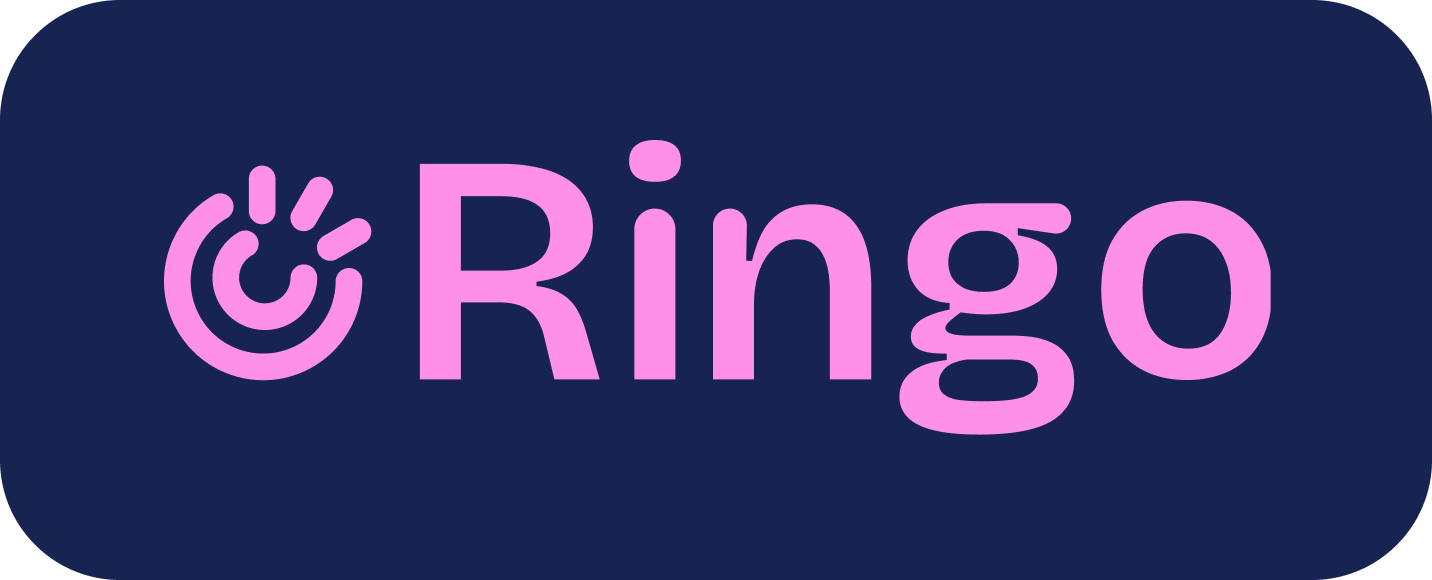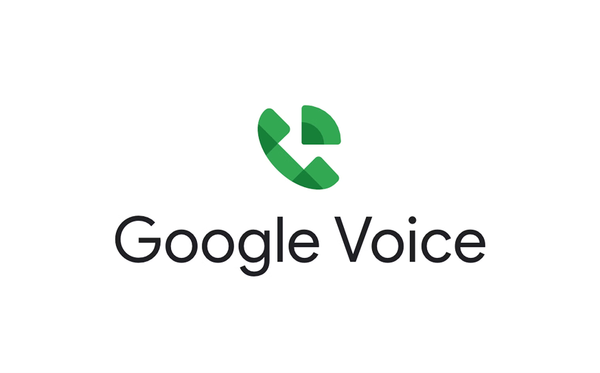40 Latest Business Communication Trends for 2025: What Small Teams Need to Know

Stay ahead with the top 40 business communication trends for 2025 - from the rising cost of missed calls to the shift from email to text and voice. Essential reading for small business owners.
Introduction: Why Communication Is Your Competitive Edge in 2025
For small businesses, communication is no longer just a function, it's a differentiator. In 2025, how (and how fast) you respond to customers can make or break the relationship. From real estate agents to salon owners, local service providers are embracing smarter, faster, and more human ways to connect with customers. Here are 40 communication trends, stats, and insights that matter right now - and how to use them to grow.
The Impact of Missed and Ineffective Communication
- 86% of employees blame poor communication for workplace failures, making it a leading cause of lost business and operational breakdowns.
- Teams that communicate effectively may see as much as a 25% increase in productivity, demonstrating the tangible business value of better collaboration and message management.
- 56% of knowledge workers experience higher work satisfaction when communication is managed effectively, which can improve retention and morale.
- Only 11% of workers say ineffective communication has no effect on them, meaning nearly everyone is impacted by communication quality.
- 66% of business leaders experience some form of miscommunication at least once a day, and 48% experience it multiple times daily—showing the scale of the problem.
The Shift to Digital, Shared, and Real-Time Communication
- 74% of businesses have adopted a new communication tool in the last year to organize, communicate, and manage projects, reflecting the demand for more agile, digital-first solutions.
- With remote and hybrid work on the rise, there has been an 18% year-over-year increase in written communication, such as SMS and chat, as businesses move away from face-to-face and phone calls.
- 42% of workers still work from home at least some of the time, making cloud-based, shared communication systems essential for team responsiveness.
- Online chat tools are now the second most popular platform for internal business communication (26%), just behind email (36%), with project management tools close behind (17%).
- For external communication, email remains dominant at 57%, but online chat tools (10%) and project management tools (15%) are quickly gaining ground.
- 31% of professionals now prefer online tools for client communication, up 15 percentage points in a single year, reflecting a shift toward more collaborative and trackable platforms.
The True Cost of Missed Calls and Slow Responses for Businesses
- Poor communication costs U.S. businesses a staggering $1.2 trillion annually, or $12,506 per employee per year, underscoring the urgent need for more effective, streamlined communication systems.
- On average, businesses across all industries miss around 22–47% of their customers' calls, representing a huge volume of lost opportunities that directly impact revenue.
- Research shows that 27% of calls to home services businesses are not answered, leading to thousands of missed sales opportunities in that sector alone.
- Approximately 85% of people whose calls are not answered will not call back, meaning missed calls often result in permanent lost customers rather than delayed contact.
- 62% of missed calls don’t leave voicemails, so the opportunity is often lost for good.
- 74% of people whose call is missed will take their business elsewhere, compounding the cost of missed calls with customer churn.
- Small businesses lose on average $126,360 annually due to missed calls, encompassing both immediate lost sales and long-term customer value.
- For small and medium enterprises (SMEs), missing 40% of calls can translate into substantial financial losses and reputational damage.
Voice Communication Builds Trust More Effectively than Email or Text
- Harvard Business Review notes that voice communication is essential for building trust, as it allows listeners to hear empathy and sincerity in the speaker’s tone, which is difficult to convey through text or email.
- 61% of consumers believe that speaking directly to a company representative gives them a better sense of the brand, according to a Microsoft survey. The human voice carries authenticity and sincerity that’s challenging to replicate through text or automated responses.
- In a controlled experiment comparing communication channels, face-to-face produced the highest trust and cooperation, followed by video, then audio (voice), and finally text chat. Audio (voice) communication led to significantly more trust and cooperation than text chat.
- Zendesk research shows that voice support has the shortest resolution time compared to email and chat support, which can further enhance trust by resolving issues quickly and personally.
- Harvard Business Review further emphasizes that the nuances in a person’s tone, pace, and inflection during a voice call help listeners detect empathy and build a stronger sense of trust than written communication alone.
Key Trends in Communication Preferences
- In 2025, 31% of consumers prefer texting for customer service, surpassing email and phone calls, which were previously dominant. This marks a significant shift from 2023, when email held the top spot.
- 71% of consumers want the ability to text businesses back, reflecting demand for two-way conversations.
- 82% of consumers check text notifications within 5 minutes, and 32% within 60 seconds, compared to emails, where only 28% reply within 10 minutes.
- SMS has a 98% open rate, while email open rates typically hover around 20%.
- Only 50% of consumers prioritize checking emails daily, versus 93% who text daily.
- Healthcare (85%), retail (46%), and finance (45%) have the highest SMS opt-in rates, as consumers prioritize real-time updates (e.g., appointment reminders, order tracking).
- E-commerce lags in adoption despite consumer demand, with only 66% of retailers using SMS, missing opportunities.
- Generational Divides
- Gen Z and Millennials:44% check texts 10+ times daily.
- Gen X and Boomers: Prefer texts for practical updates (e.g., billing, appointments) but at lower frequencies.
Key SMS Marketing Statistics for 2025
- The SMS marketing industry is projected to reach $12.6 billion by the end of 2025, with a compound annual growth rate (CAGR) of about 20.3%.
- In the Americas, SMS marketing adoption soared by 42% in 2025, outpacing global trends.
- 80% of businesses use software to automate their SMS marketing strategies.
- 47% of U.S. Millennials prefer brand communications via text messages.
- Over 90% of consumers text every day, and most check their texts more than 10 times per day.
- Open Rates: SMS marketing boasts an average open rate of 98%, far exceeding email’s typical 20%.
- Response Times: The average response time to a text message is 90 seconds.
- Click-Through Rates: In 2025, most businesses (36%) report SMS click-through rates between 21% and 35%, with the finance sector leading (72% see CTRs above 20%). In the Americas, SMS campaigns delivered a 12% CTR, over five times higher than email’s 2.3%.
Final Thoughts
The way businesses communicate in 2025 isn’t just evolving - it’s transforming at breakneck speed. From the staggering costs of missed calls to the irreversible shift from email to text and voice, companies that adapt will thrive, while those clinging to outdated methods risk losing customers and revenue. Small teams, in particular, must prioritize agility, leveraging SMS, real-time collaboration tools, and hybrid communication strategies to meet rising consumer expectations. The data is clear: customers want speed, convenience, and authenticity - whether through instant texts, quick-resolution calls, or seamless digital interactions. The businesses that embrace these trends won’t just survive; they’ll outperform competitors, build stronger relationships, and secure their place in an increasingly fast-paced marketplace. The future of communication is here - will your business be ready?
Resources:
Sociabble , Notta, Soocial, Apollotechnical, Project.co, Phonely.ai, Numa, Alliance Virtual Offices, Invoca, Martech.health, Linkedin post, Digismart.io, Getdoris.ai, Richmodtelecom, Collablab.northwestern.edu, Simpletexting, SlickText, Emarsys, Constantcontact, BusinessWire, MailChimp, Mozeo, Infobib





